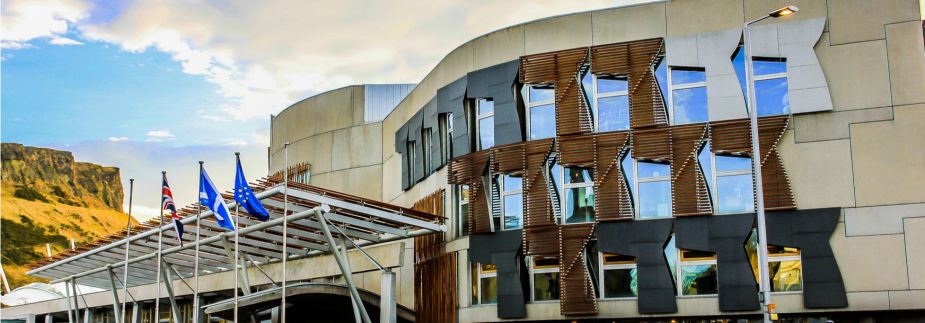How will Scottish VAT assignment be calculated?

VAT is to be assigned to the Scottish budget from April 2019, with a one-year transitional period to test the modelling, and from April 2020 will go live.
Scottish VAT is estimated to be an amount of £5,801 million in 2019/20 – approximately 10% of the Scottish budget. A lot is at stake and the modelling needs to work properly.
The proposed assignment model
In November 2018 a paper detailing the methodology for calculating Scottish VAT receipts, which has been jointly developed by HMRC, the Scottish Government and HM Treasury, was published to invite comment, and to provide technical detail for the benefit of the Office for Budget Responsibility and Scottish Fiscal Commission.
There remains some fine-tuning to be done as there are a number of reservations about the model.
The model that is proposed is based on HMRC’s VAT Total Theoretical Liability model, with the proposed calculation as follows:
- UK expenditure is split according to five categories of expenditure; household, charities, central government, exempt businesses and housing spend by both public and private sectors.
- Each expenditure component is split by country to determine the Scottish percentage of expenditure – this uses mostly publicly available data.
- This data is analysed further to calculate the VAT liability of each expenditure component.
- Combining each expenditure component provides the total VATable expenditure in Scotland prior to adjustment for special reliefs.
- Finally, adjustment must be made to take account of VAT reliefs and special rules.
The above steps produce a final total for VATable expenditure in Scotland.
The next stage of the calculation is to follow the same process to calculate total VATable expenditure in the UK.
Scottish VATable expenditure is then expressed as a fraction of UK vatable expenditure and the resulting percentage is applied to actual VAT receipts to produce the amount of VAT which will be assigned to Scotland.
Any reservations around this model?
There are a number of reservations, although it should be noted at the outset that ICAS has always said that the model should not rely on any further administration for businesses, who collect VAT.
ICAS agrees that an assignment model is the better approach, but the governments need to find the right assignment model.
Concerns around the model
The principles of VAT Assignment should represent ‘Scottish VAT’, i.e. the underlying economy, but a number of economists and informed commentators have asked if this model will do this accurately.
- Will the data be robust and does the model provide transparency and accountability?
- As with much Scottish tax data to date – it’s a new requirement and still being fine-tuned – which is understandable and can be worked with, unless the starting point sets a permanent base line.
- The nature (primarily household spending at 70%) and size (in 2016/17 a sample of 360 households) of the proposed sample for calculating Scottish VAT may have its limitations.
- The allocation of VAT based on spending is not necessarily representative of the economy – it could, for example, be on a lot of imports.
The proposal to have VAT assigned to the Scottish budget came from The Smith Commission, paragraph 84, which says that:
‘The receipts raised in Scotland by the first 10 percentage points of the standard rate of Value Added Tax (VAT) will be assigned to the Scottish Government’s budget. These receipts should be calculated on a verified basis, to be agreed between the UK and Scottish Governments, with a corresponding adjustment to the block grant received.’
This was given legislative effect in section 16 Scotland Act 2016. In effect, VAT assignment is a sharing of locally generated taxes, where the tax remains a UK tax with the UK government retaining full responsibility for legislation – but some of the tax raised is allocated to Scotland. VAT is the only shared or ‘assigned’ tax.
The desire is to be able to allocate an amount without creating additional administrative burdens for traders or the tax authorities.
The question remains, however, how does one identify the VAT attributable to Scotland, without unnecessary burdens, and while providing tax receipts which the Scottish Government’s actions can influence?
The Scottish Parliament’s Finance and Constitution Committee remain concerned about this too – with the topic on the agenda for its meeting on 13 March with a number of experts, including ICAS, invited to join the roundtable discussion.

 By Charlotte Barbour, Director of Taxation
By Charlotte Barbour, Director of Taxation